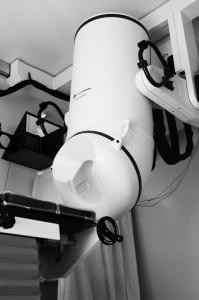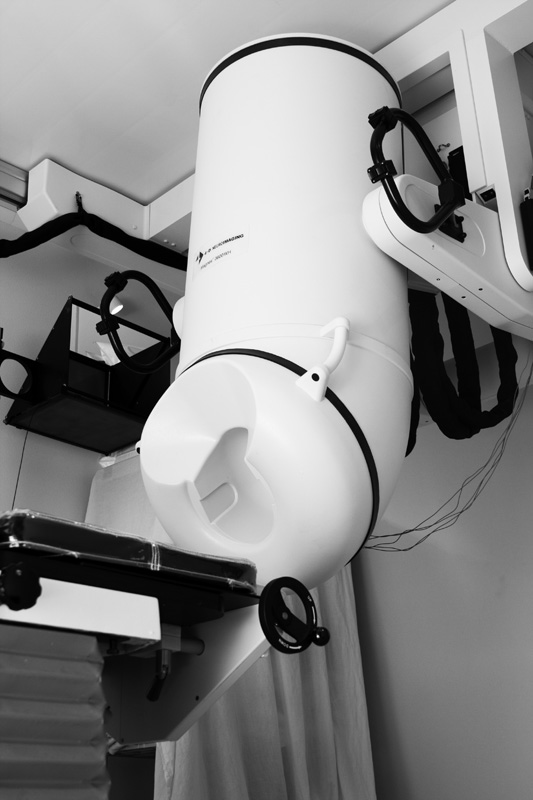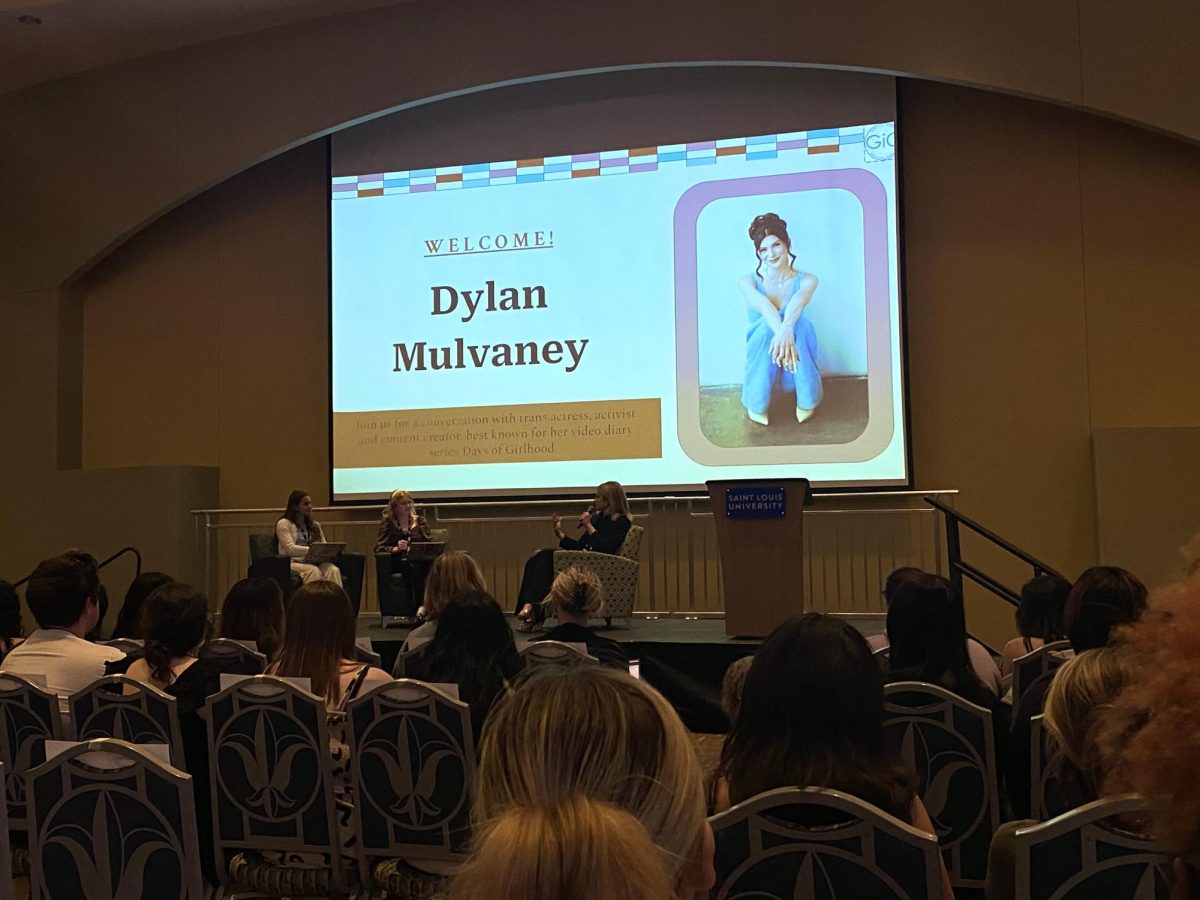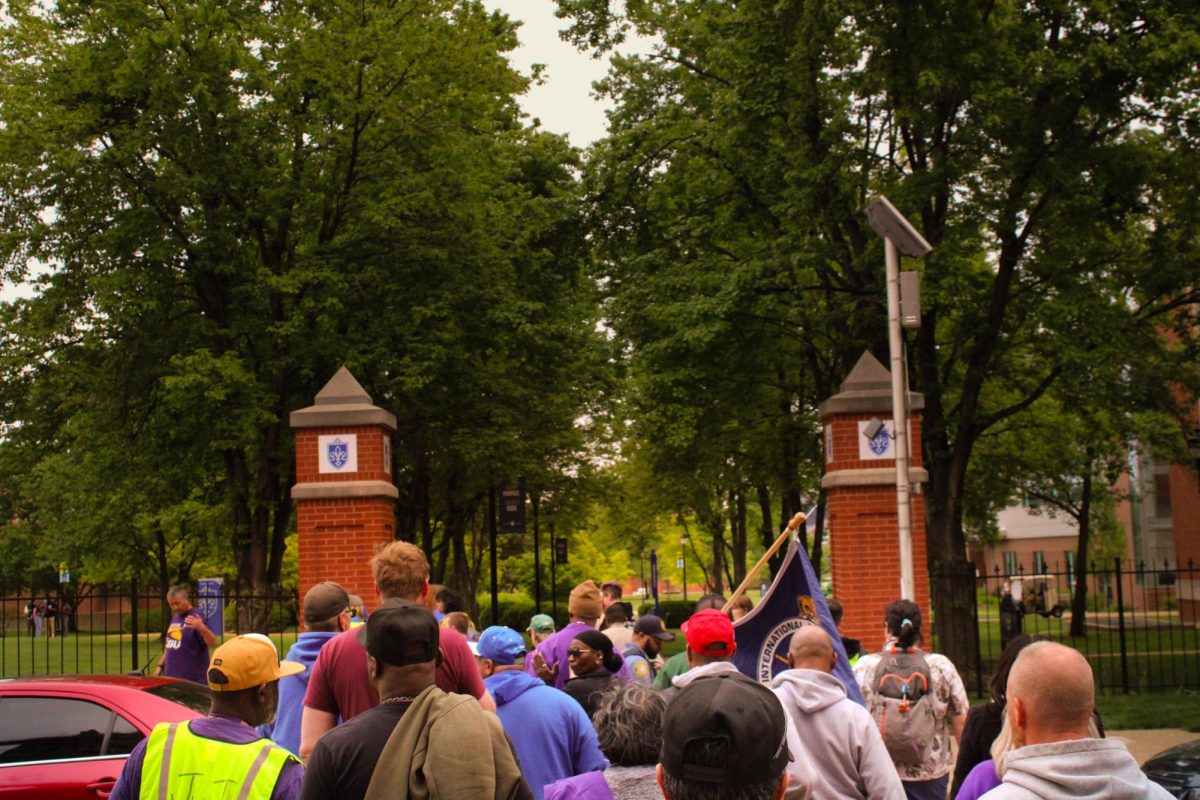Brain researchers have always dreamed of being able to watch the brain in motion and to see how the complex structures and bundles of neurons collaborate to form the basis of human nature. Soon, this dream may become a reality through the Human Connectome Project, a five-year journey to map the brain’s intricate circuits. This groundbreaking study will take place primarily in St. Louis, with researchers from Saint Louis University providing a critical piece of technology.
“I think [this study] puts us at the cutting edge of neuroscience research. It gives us the access to the tools that will format the basis of our understanding of the brain,” Richard Bucholz, a professor of neurosurgery and head of the SLU research team, said.
In the same vein as the Human Genome Project, the Human Connectome Project is the first of its kind. Researchers will utilize cutting-edge brain scanning techniques to map the circuitry of more than 1,000 brains in hope of gaining the first full look at how the brain operates.
The Human Connectome Project involves a team that is spread across nine universities in the United States and Europe. SLU is a vital link in this research because of a rare resource in terms of a facility for a magnetoencephalography (MEG) scanner, a method for picking up signals from the brain based on the electrical and magnetic fields that are created as people think or carry out tasks.
MEG scanning is unique to SLU and has potential to provide more precise insight into brain function.
This method will compliment the data acquired at Washington University in St. Louis and the University of Minnesota through magnetic resonance (MR) scanners.
“We are very well set to utilize this technology in a clinical setting,” Bucholz said of the MEG scanner at SLU.
Brain scans of twins, both identical and fraternal, will be compared in order to separate the influences of genetics and the environment on the brain and to highlight the ways in which the brain develops in light of different influences.
This project is just now coming onto the map because the National Institutes of Health, as well as other federal funding agencies, are showing a renewed interest in the neurosciences.
Another important factor is that technology, in terms of the logistics of scanning the brain and storing all of the data in a user-friendly format, has reached a point that a project of this significance can be undertaken.
“A large part of this project and one of the biggest reasons it was funded with this group is that there is a real emphasis on outreach and not only to the neuroscience community but also to the lay community to make the results of this study known and to continue to benefit the field of neuroscience down the line,” Tyler Roskos, assistant research professor of neurosurgery at SLU and neuropsychologist, said.
The biotechnology of storing the mass amount of information that will be collected in the form of high-resolution images is a massive undertaking.
The data collection attempt that this project is proposing is possibly the largest of its kind.
“It is a really novel way of presenting scientific data in a very democratic way so that people all over the world can have access to the data and analyze it in any way that they want to,” Bucholz said.
Overall, the Human Connectome Project will not only benefit and increase dialogue in the scientific community, but it may improve the lives of people living with brain abnormalities.
By combining the data from all of the brain scans, the Human Connectome Project hopes to have a complete picture of a “healthy” human brain, which will allow medical practitioners to recognize and diagnose brain abnormalities.
According to Roskos, SLU is lucky to be able to contribute to a project that has many positive implications the future of brain research.
“Anytime that you are doing novel, cutting-edge research it makes your institution grow. So the fact that we have this technology is one thing,” Roskos said. “The fact that we are using the technology and using it in such an innovative way can only benefit the University by putting us on the map to some degree within the field of neuroimaging research.”







